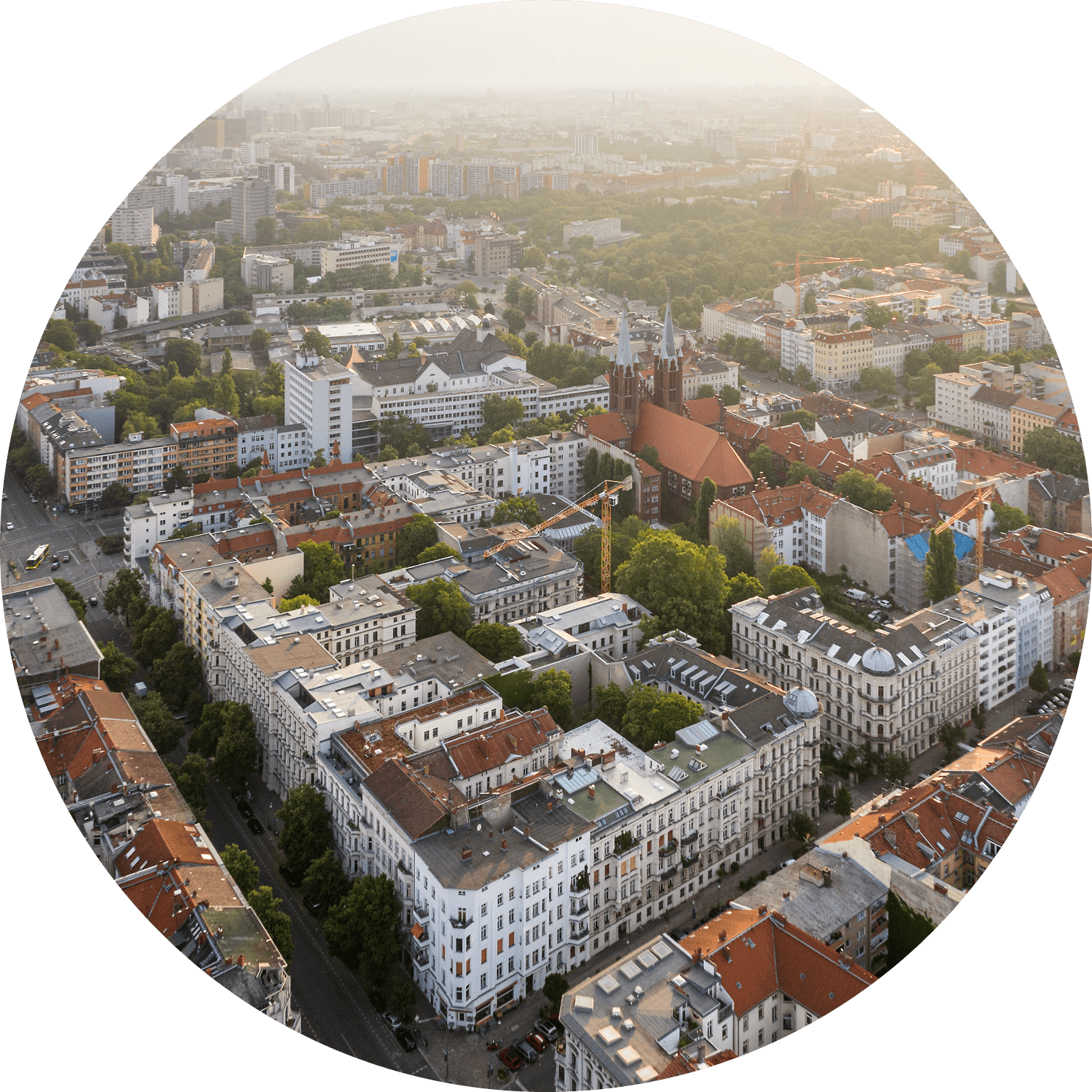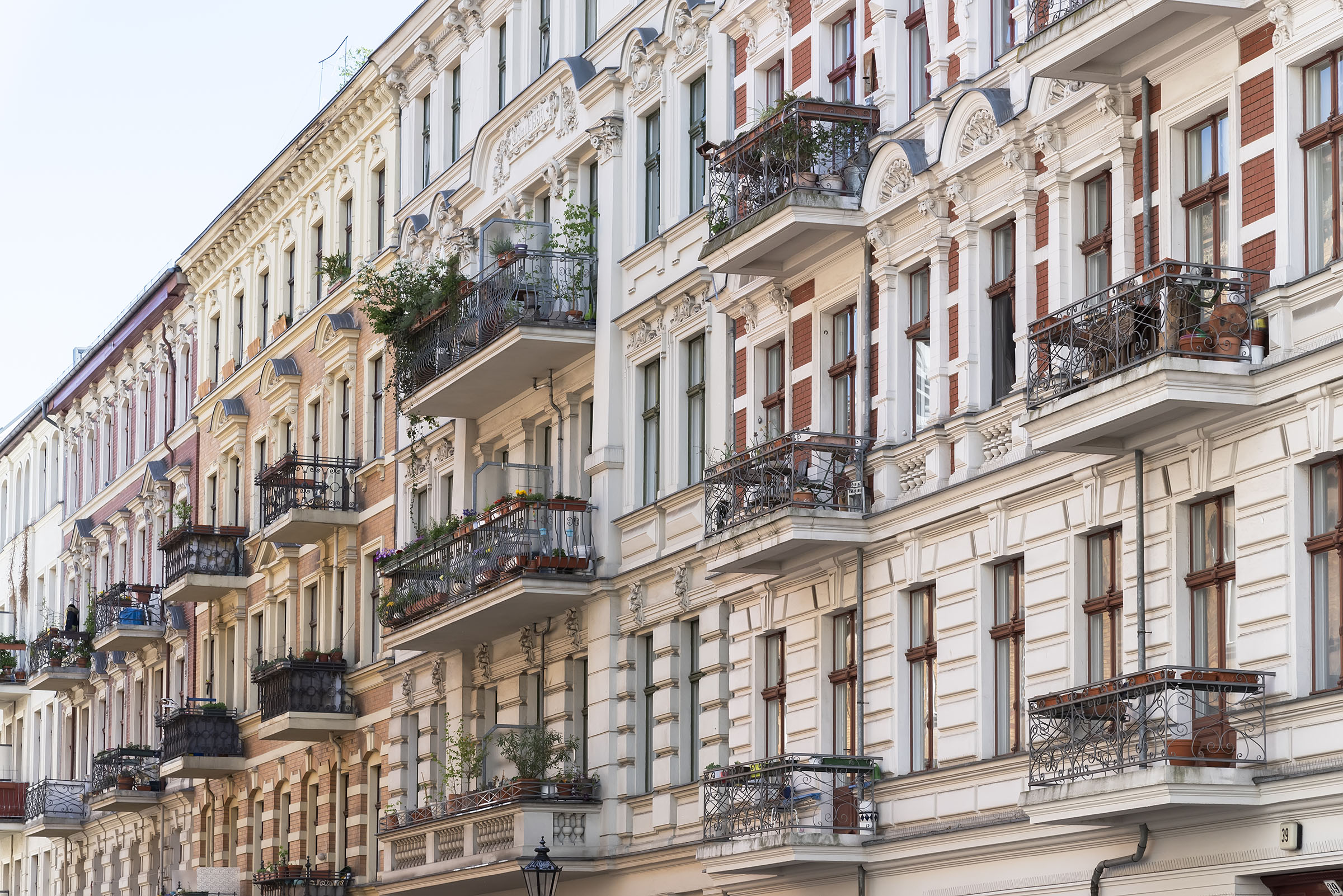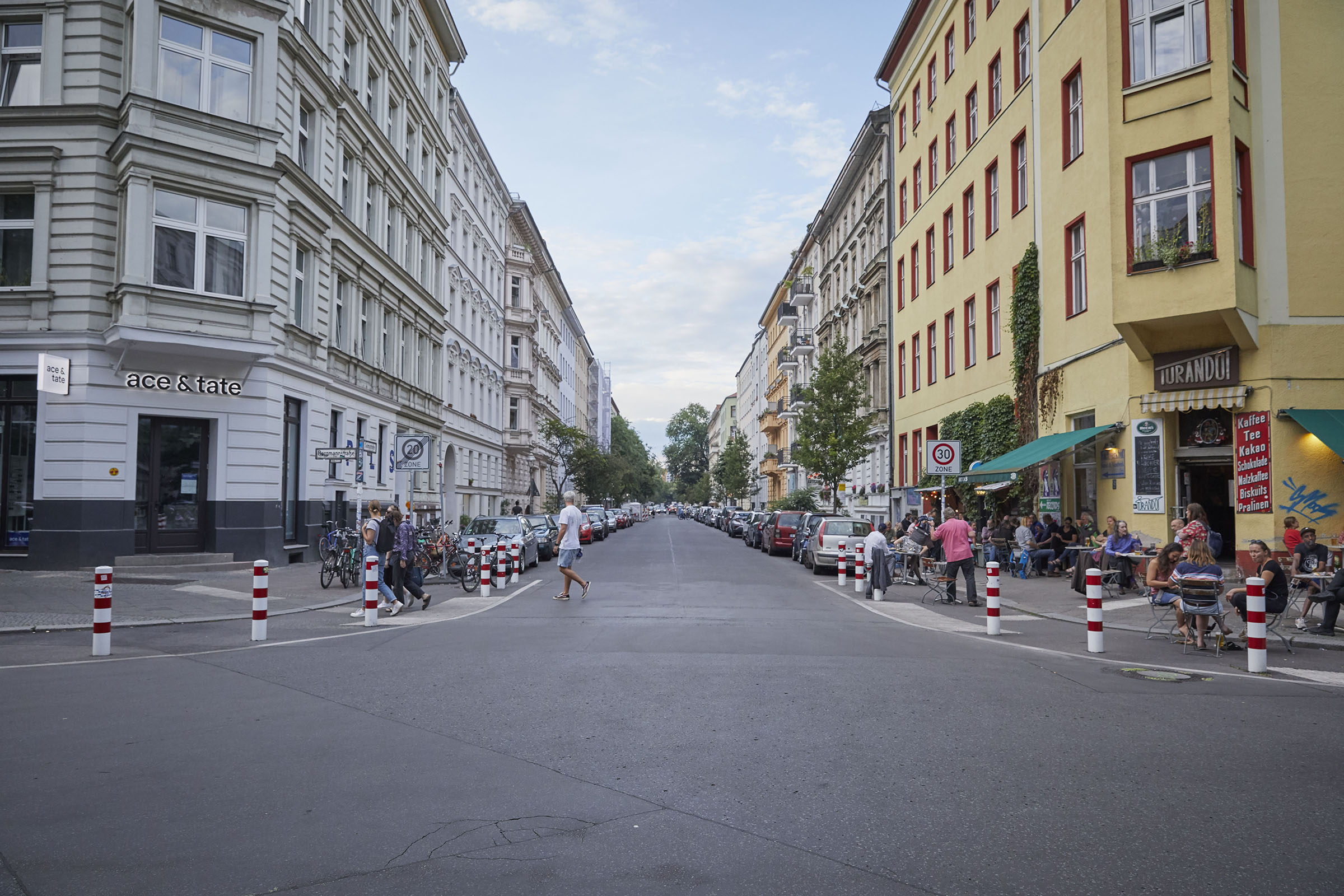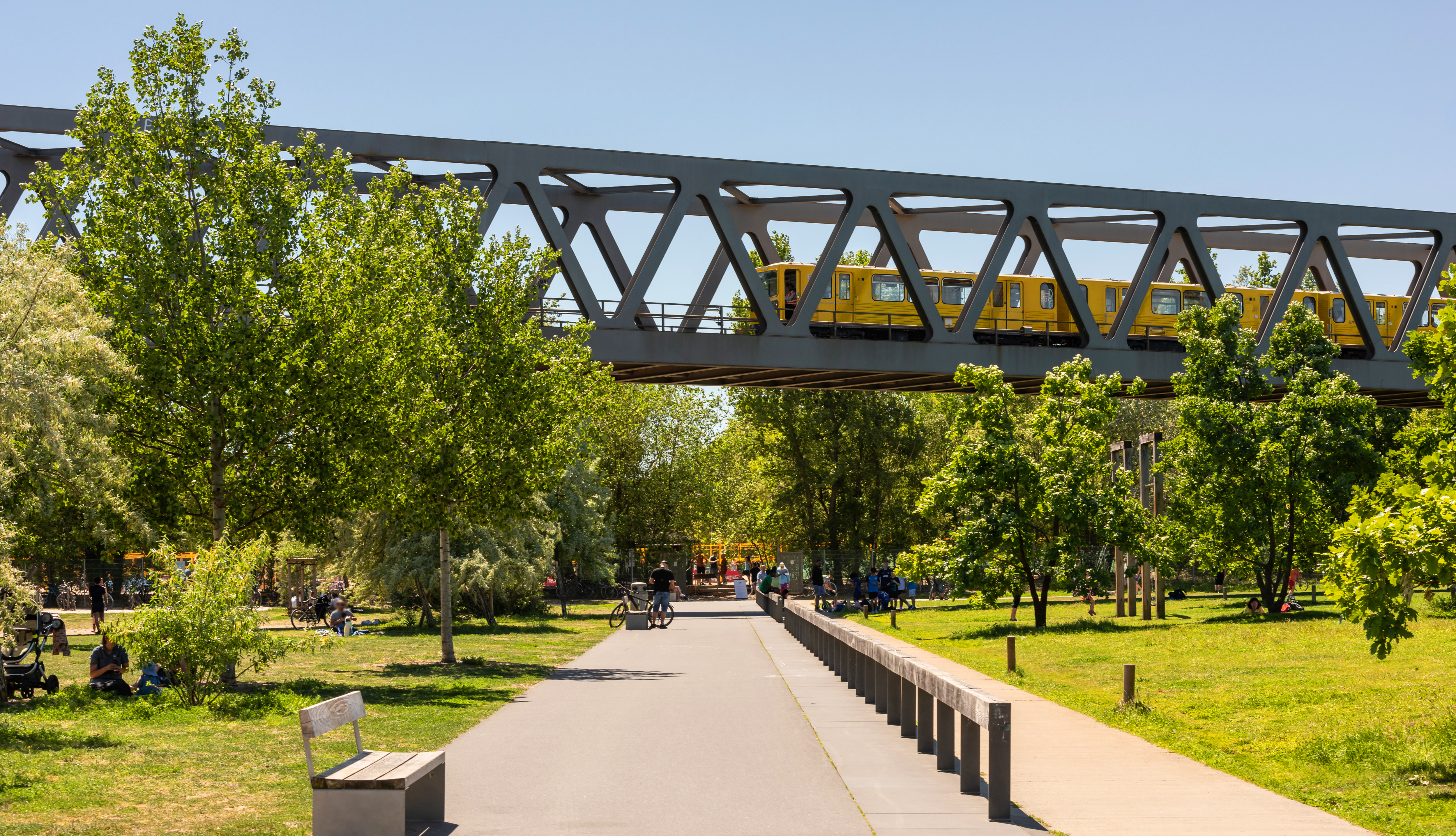Berlin-Kreuzberg: development and life in the borough
Hardly any other neighborhood today is more representative of Berlin's vibrant life away from the tourist center. In Kreuzberg, workers meet alternatives and old Berliners meet generations of migrants. Students, artists, night owls, young families and a large Turkish community make Kreuzberg what it is: a lively and colorful trendy neighborhood with all the advantages of urban life. In the following chapters, we will show you what exactly makes Kreuzberg so fascinating and, of course, we have also compiled a few meaningful facts for you here.

Real estate market in Berlin-Kreuzberg
The real estate market is booming in the capital: Prices for freehold apartments and houses have more than doubled in the past few years, and rents have developed in a similar way. Due to the high attractiveness of the district, this trend can also be observed in Kreuzberg and an end to this development is not in sight. The international and young population is increasingly entering the scene as a financially strong buyer class, thus contributing to the positive trend in value development. On the other hand, there is limited space for new developments and low fluctuation in the existing segment. This means that demand is high and supply rather low, which, as is well known, creates huge interest in, and extreme upward price pressure on, sought-after and rare properties.
Existing buildings
Average rental prices
20
EUR / m²
+30.22%
Average purchase prices
6,199
EUR / m²
+7.10%
Rental offers
266
+4.01%
Purchase offers
1,143
+49.27%
New builds
Average rental prices
27.76
EUR / m²
+38.49%
Average purchase prices
9,802
EUR / m²
+8.92%
Rental offers
102
+32.57%
Purchase offers
245
+171.75%
Average rental prices
20
EUR / m²
+30.22%
Average purchase prices
6,199
EUR / m²
+7.10%
Rental offers
266
+4.01%
Purchase offers
1,143
+49.27%
Kreuzberg: Real estate supply and development
The supply of real estate in Kreuzberg is rare and has even declined further in recent years. The district's real estate market, which is dominated by older buildings, is unlikely to see any serious changes in the medium term. There have never been so few offers to buy as at present in any other of the past few years.
Offer of properties for rent and sale in Friedrichshain-Kreuzberg
How are property prices developing in Kreuzberg?
As in the other districts of Berlin, property prices have risen steadily in recent years. At present, it can be assumed that this trend will continue, which simply speaks for the high attractiveness of the location.
Purchase price (m²) in Friedrichshain-Kreuzberg
Existing building
Average purchase prices
6,199
EUR / m²
+7.10%
New builds
Average purchase prices
9,802
EUR / m²
+8.92%
Average purchase price Friedrichshain-Kreuzberg
Current rents and development
The attractive district in the heart of Berlin attracts many people, so demand for rental apartments is correspondingly high. At the same time, young professional tenants are willing to pay high prices per square meter - and the trend is upward. With the end of the rent cap, it can also be assumed in the medium term that rents for existing properties will once again converge with those for new buildings.
Average rental prices in Friedrichshain-Kreuzberg
Existing building
Average purchase prices
6,199
EUR / m²
+7.10%
New builds
Average purchase prices
9,802
EUR / m²
+8.92%
The population in Kreuzberg
The people of Kreuzberg appreciate and love their immigrant district, as lively, colorful and loud as it is. The community of Turkish origin is large and forms an integral part oft he district - although many of them have long since become original Kreuzbergers themselves, living here in the third or fourth generation. The history of migration began after the construction of the Berlin Wall: large industrial companies such as AEG or Siemens attracted tens of thousands of "guest workers" until the 1970s - most of them from Turkey as well as a smaller part from the former Yugoslavia. Today, the public as a whole is even broader and more international, both culturally and socially.
If you want to, you can always find something to do in Kreuzberg - and until late at night, because nowhere else in the capital is the density of bars and clubs as high as here. It is therefore all the more remarkable that the district has nevertheless been able to retain its familiar flair and a neighborly feeling of togetherness. The many night owls from the surrounding neighborhoods are welcome, but as in so many districts, if you don't live here but just drop in to party, you're not quite part of the Kreuzberg family in the end. And it is as multicultural as it is young. According to statistics, at around 38 years of age, Kreuzbergers are almost four years younger than the average Berliner.
Migration in Friedrichshain-Kreuzberg
Moves in
Persons
-21.15 %
Moves out
Persons
-4.55 %
In the year 2021, development compared to the previous year
Life in Berlin-Kreuzberg
Your contact to ACCENTRO
Address
ACCENTRO Berlin
Kantstraße 44/45
10625 Berlin














